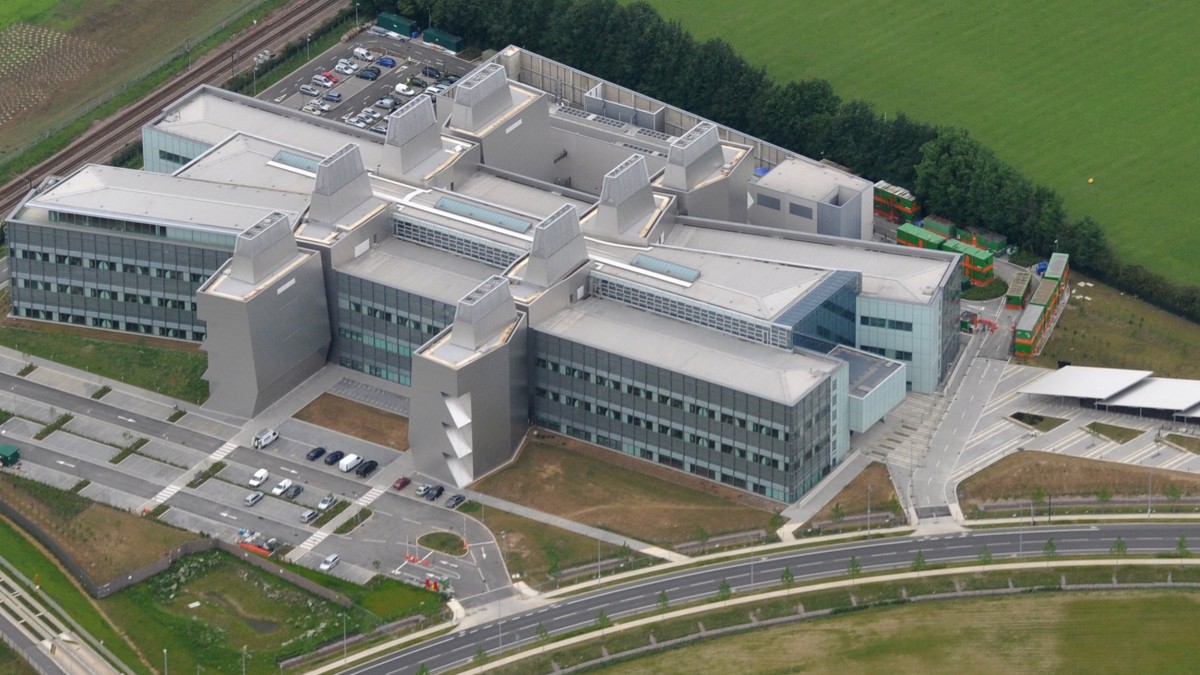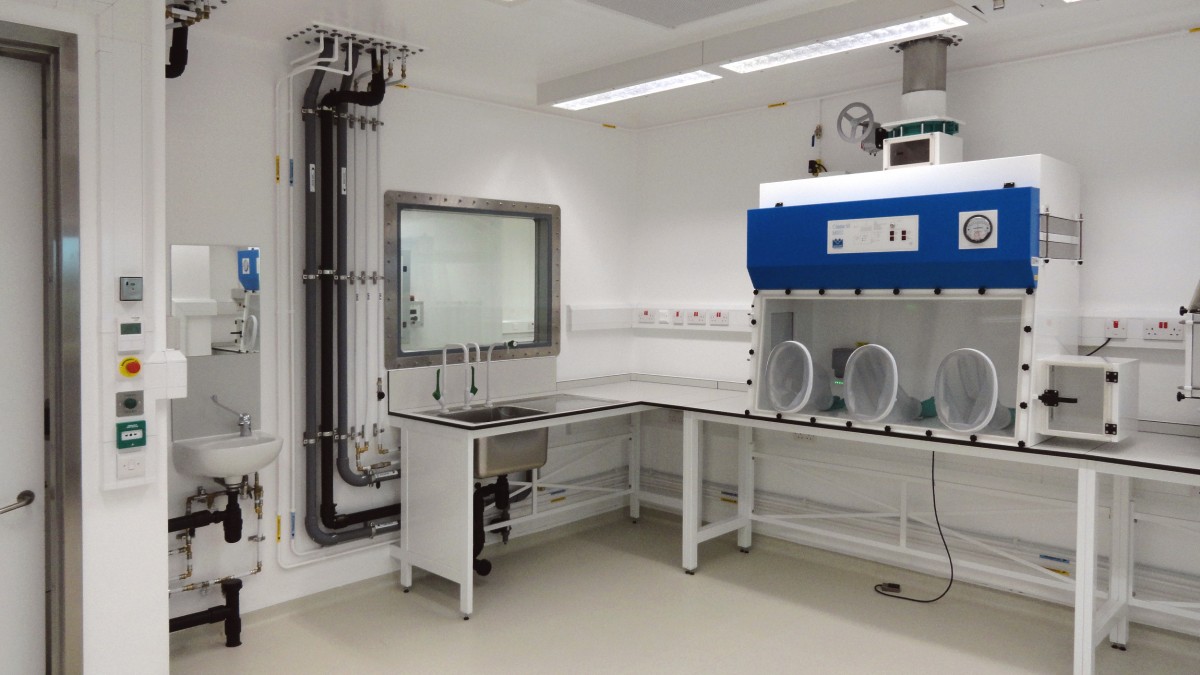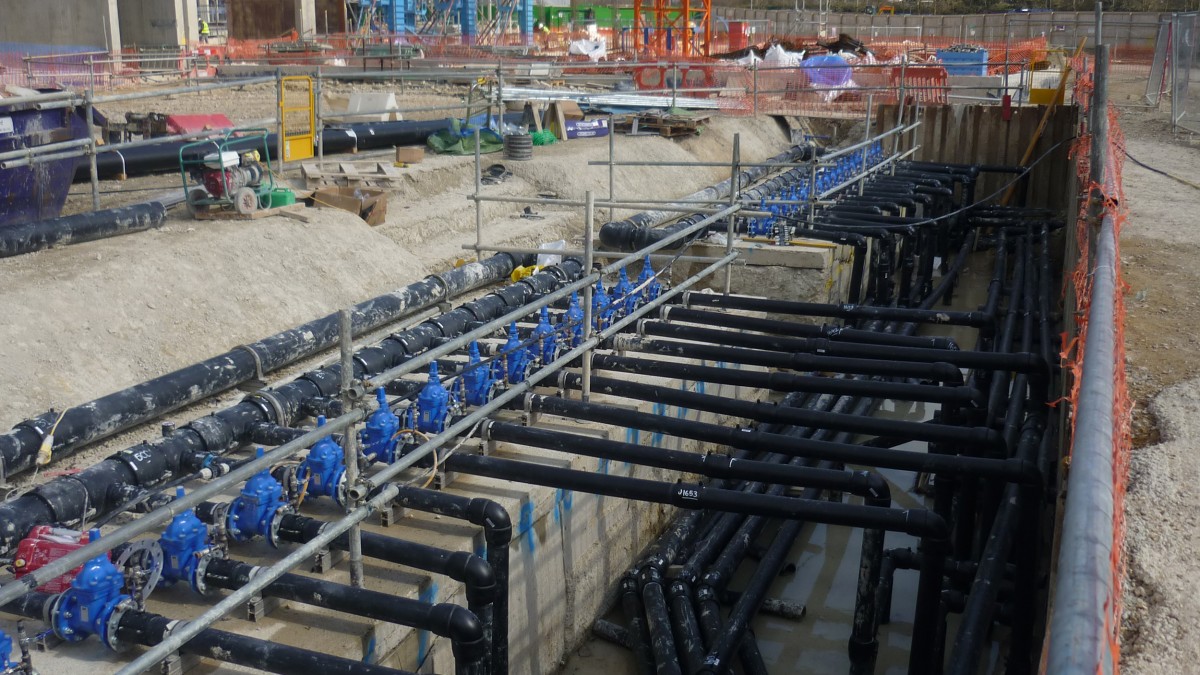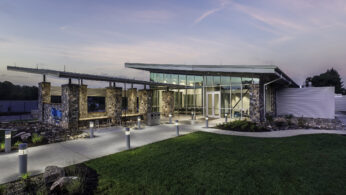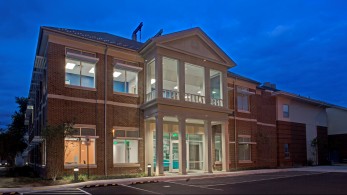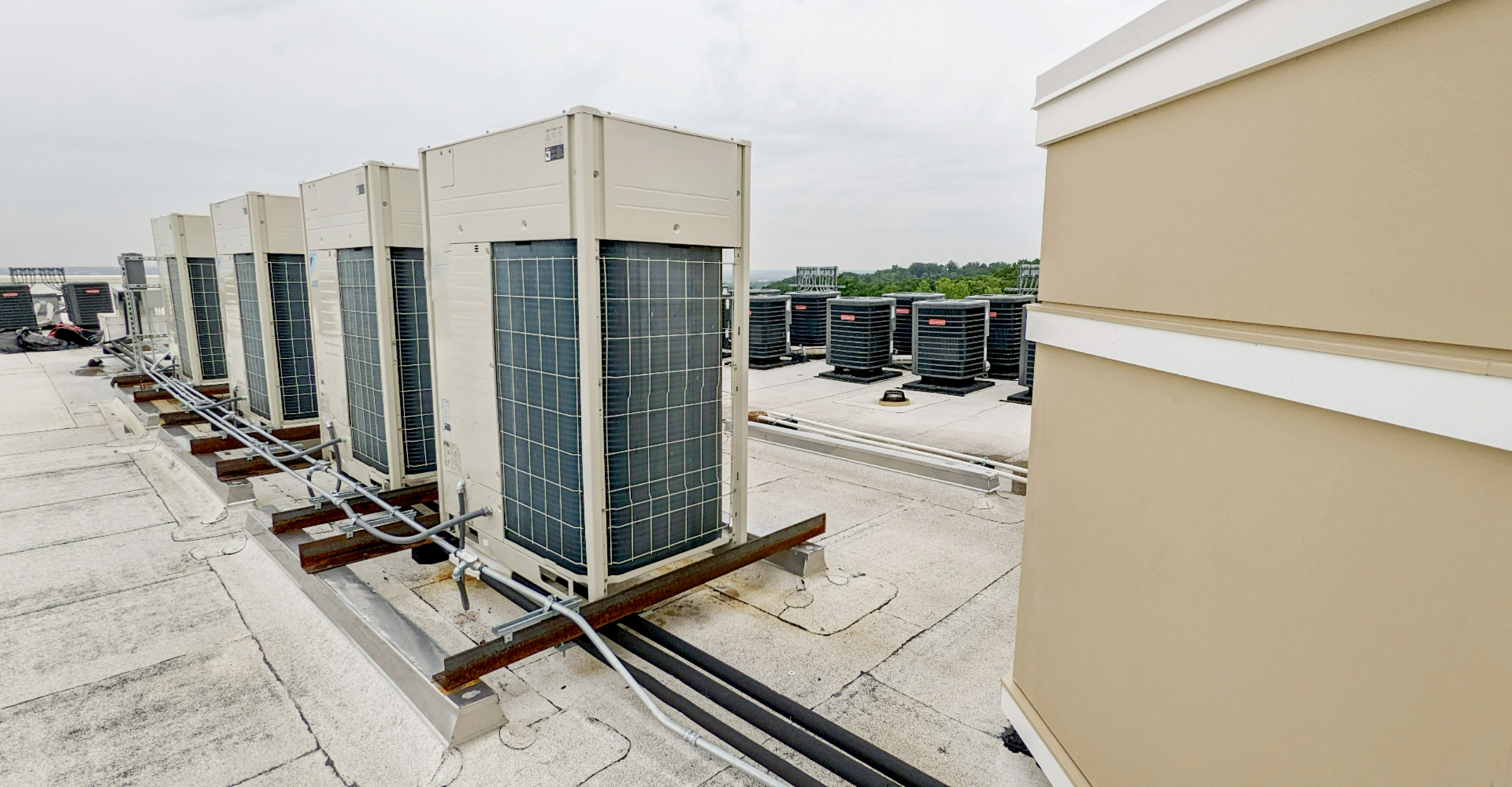Overview
The ambition of the MRC and the Laboratory of Molecular Biology (LMB) is to remain a world class research establishment and to further develop their distinguished history of discovery and invention. The LMB, with 50 years of proven success, having received many accolades and awards, strives to continue excellence in science while training scientists for research around the world. LMB’s mission is to drive scientific innovation throughout the next century.
The new LMB facility will be located on the expanding Cambridge Biomedical Campus adjacent to the London-Cambridge railway line. The building design incorporates two kinked laboratory blocks joined by a central atrium, a shape reminiscent of a chromosome is symbolic of LMB’s mission.
The Solution
Several notable features have been incorporated into this benchmark facility. All heavy utilities servicing the building are housed in the energy center or in four stainless steel-clad towers linked to the building. This removes weight and sources of vibration from the laboratory itself, allowing a more user friendly environment and lightweight construction. Between the floors are full height Interstitial Service Voids (ISV), which house all ductwork, piping and electrical services. The ISV’s can be accessed directly for maintenance without entering the laboratory zones. The design concept results in a highly flexible scheme that is adaptable over time.
Engineering Highlights
The project incorporates many state of the art energy enhancements, some of which are mandated by governmental regulation. Primary features are as follows:
- The all glass façade has been optimized to incorporate a double skin/thermal flue facade which maximizes natural light while controlling heat gain and loss.
- Laboratory air systems are variable air volume and include “heat wheel” heat recovery technology.
- Western stack office areas incorporate chilled beams and the Lecture Theatre has a displacement air system.
- Extensive day-lighting controls, high efficiency lighting and variable speed controllers further reduce projected energy use.
Related News: Click here to see an article in the UK’s Building Magazine.
BIM Technology Leveraged
RMF produced all MEP elements of this project using 3D Building Information Modelin (BIM) technology. The work process required regular exchange of both architectural and structural models to drive coordination and primary design objectives. Following the design phase, the BIM models were used to develop pre-fabricated engineering modules to improve the project schedule and enhance build quality.
Carbon Strategies Leveraged
Cambridge City Council required that 10% of the total project energy consumption be handled by an on-site renewable energy strategy. RMF’s design solution incorporated a ground source (geothermal) heating and cooling system employing 170 – 150 meter deep ground source boreholes. The completed design solution will offset 13.4% of the total site energy consumption and will yield 820 tons of annual carbon dioxide savings. The completed system will be the largest installed ground source system in the European Union.

